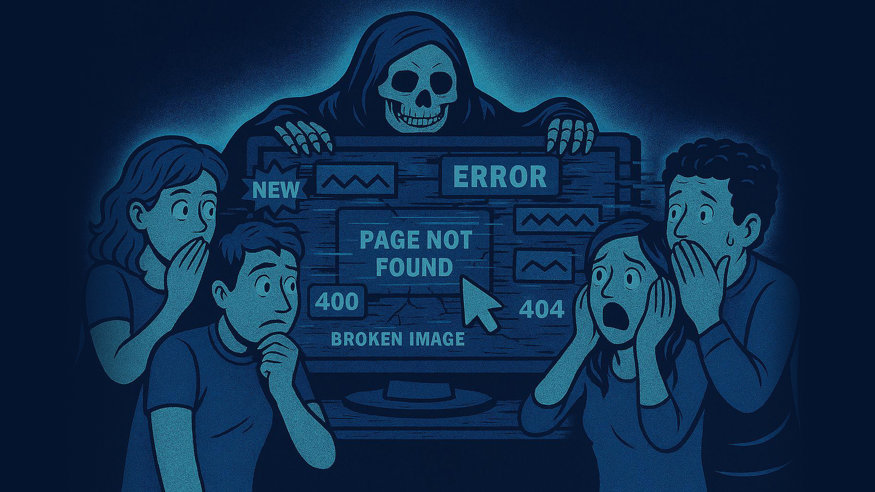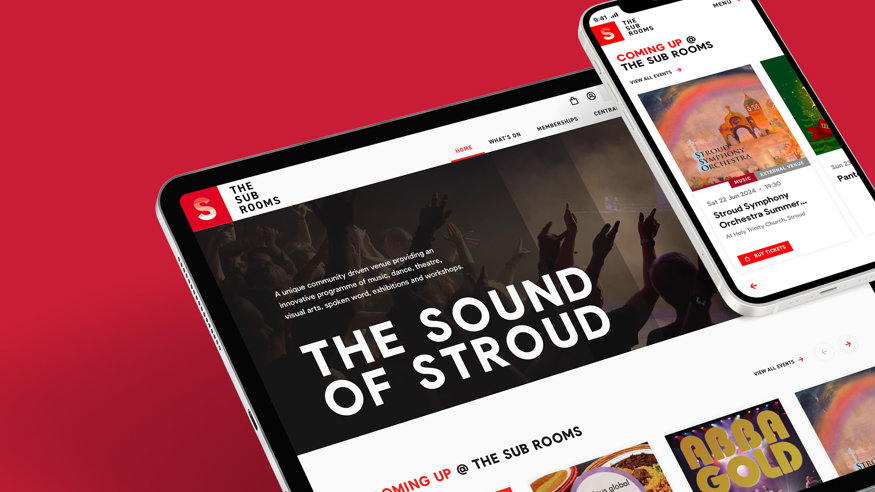Roles and responsibilities in software development

Software development is complex with a broad range of languages, technical solutions, and tools available.
Projects also tend to be unique, which means that not only is effective planning critical to project success, but the team must be experienced and agile enough to face a variety of requirements, technical challenges and obstacles which are likely to occur.
16i consists of a cross-functional team made up of various roles and specialisations, with each member adding value to a project. This blog looks at the key responsibilities of each.
Project Owner
The Project Owner is involved from the outset and at all subsequent stages of the project, from quote to delivery. They work closely with the client to fully understand the requirements, timelines and budgetary expectations and are responsible for briefing this information into the team. Ongoing assistance is also provided to the team should any problems or concerns need to be escalated; with the key responsibility being to ensure the project is delivered on-spec and to the client’s expectations.
Technical Lead
The main role of the Technical Lead is to translate business requirements into technical solutions. Typically involved from the early stages of the project, the Technical Lead works closely with the Project Owner to understand the project requirements and provide costs and timings for the development work. They’re responsible for writing the functional spec and briefing this into the development team; whilst providing ongoing assistance and support in terms of technical issues, estimates and product releases.
Account Manager
The Account Manager supports the Project Owner in the delivery of the project and is typically involved from the kick-off meeting (once quotes and timelines have been approved) through to completion. They act as the main day-to-day contact for the client and are responsible for the general management of the project, such as preparing development plans and schedules, assigning tasks, and tracking progress. Ultimately, the Account Manager ensures everything is delivered on time and on budget.
Designer
The Designer’s role is to visualise the project. Typically involved from the kick-off meeting, they work closely with the client to fully understand the requirements, user base and overall objective of the product or solution, in order to map out how it will behave and react during interactions with the user. The Designer is responsible for the creation of mock-ups and prototypes to allow the team (and ultimately client) to test the user journey and visual appearance; whilst also providing design support to the front-end development team.
Front-end Developer
The Front-end Developer is responsible for the visual aspects of the solution (such as text and colours, images, transitions, and navigation menus) and is involved following the initial design stages. They work closely with the design team and use a range of tools including HTML (the coding language that creates and organizes how content is displayed), CSS (used to define the style of content e.g., layout, colours, fonts), and JavaScript (used for interactive elements such as drop-down menus, modal windows, and contact forms) to effectively realise the vision.
Back-end Developer
The Back-end Developer is responsible for the ‘behind the scenes’ elements of the solution such as storing and organising data, 3rd party integrations (e.g., booking sites) and the supporting Content Management System (CMS). They’re typically involved once the functional spec has been approved and the front-end components are in place; although (for projects with shorter/tight timelines) it is possible for work to be completed concurrently with the front-end development team.
Quality Assurance (QA) Tester
Responsible for identifying any bugs or glitches in the system, the QA Tester is typically involved following completion of the initial development stages. They’re responsible for testing the system across a variety of devices and screen sizes to identify any design flaws, technical bugs and/or dysfunctional process flows, with any errors being fully documented and relayed back to the design and development teams.
User Acceptance Testing (UAT) Specialist
The UAT Specialist is responsible for testing how the solution will work in real-life scenarios and is typically involved following completion of the development work. They work closely with the development team and are ultimately responsible for the planning, execution and reporting of UAT test cases and scenarios to ensure the solution meets the overarching project goals and end-users’ requirements.
In summary, software development is complex with a range of languages, tools, and technical solutions available. Project success is therefore heavily reliant on the team being able to work efficiently and collaboratively together; ideally consisting of a varied skillset of Account Managers, Designers, Developers and Testers, each with their own key roles and responsibilities.
Share article:

Upgrading to Umbraco 17: a strategic investment for your business
Used and trusted by both developers and marketers, Umbraco offers a high level of customisability, with the latest long-term-supported (LTS) version (Umbraco 17) currently scheduled for release in November 2025. Featuring improved performance and developer tooling, alongside support for the latest .NET versions, Umbraco 17 offers a number of benefits including enhanced security, streamlined workflows, and improved scalability.
Read more
How to avoid website project horror stories!
Maybe you've been there before, maybe this is your first time creating a website. We have seen website projects at all stages turn from dreams into nightmares very easily, often being the ones at the other end helping our soon to be clients put it back on the right path.
Read more
Exploring the benefits of Umbraco 17: a leap forward in CMS flexibility and performance
Umbraco has long held the reputation as a flexible, developer‑friendly content management system (CMS) and with the release of Umbraco 17 scheduled for November 2025, the platform is continuing to evolve. Umbraco 17 will be the next Long‑Term Support (LTS) version, aligned with the upcoming .NET 10 LTS release, and is expected to include enhancements in performance, developer experience, and content workflow modernisation.
Read more
The future is bright for the Sub Rooms
New website and Spektrix integration helped Sub Rooms turn a corner
Read more
Website builders vs bespoke: which is right for your business?
In a digital-first world, a company’s website (and its overall effectiveness) is of paramount importance, serving as both the first impression and initial introduction to a brand. Traditionally built from the ground up by experienced developers, website creation has become increasingly accessible, primarily due to the rise of website builders such as Squarespace, Wix, Weebly, and Webflow, These platforms offer powerful tools, sleek templates, and rapid setup options, without the need for direct developer involvement. However, for businesses with more complex or unique requirements, they can be limiting, with many instead opting for bespoke development tailored to the specific project goals, workflows, and user experience. This blog outlines the pros and cons of each –off-the-shelf website builders vs bespoke development.
Read more
How to spot a text message, iMessage or WhatsApp scam
Top 6 red flags for suspicious text messages
Read more
Benefits of team building away days
We were delighted to welcome South West HR consultants, Rise HR, for a for a training day
Read more
16i x Spektrix | Partnership announced
We’re incredibly proud to become a certified Spektrix partner. Having worked with a variety of arts organisations over the years, we know how vital it is to connect digital platforms with the ticketing and CRM systems they rely on.
Read more